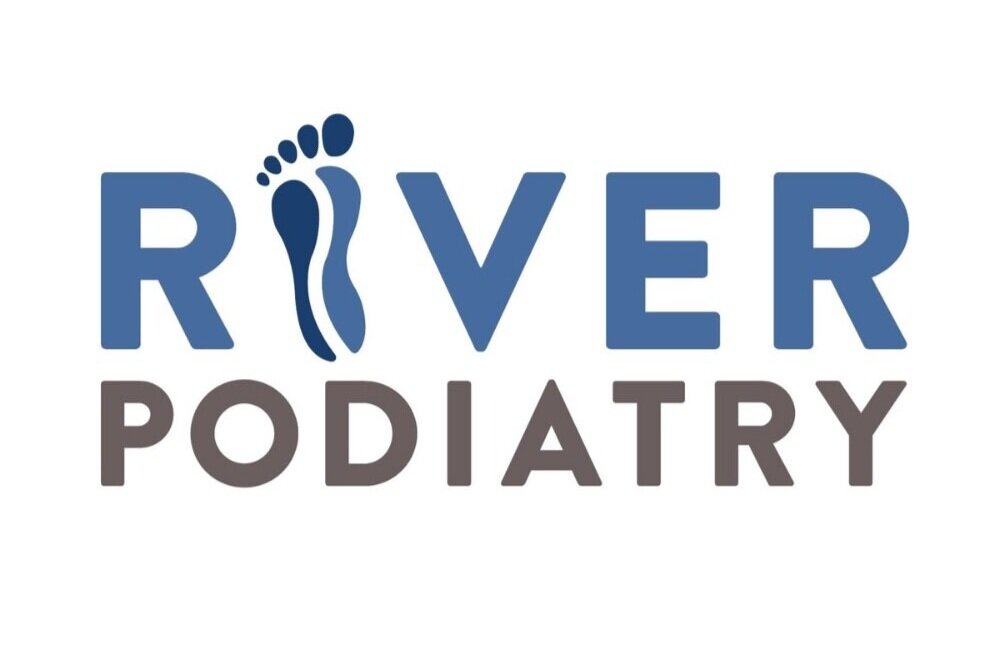Plantar Fasciitis
What is it?
Plantar fasciitis involves a localized swelling, irritation, or bursitis of the thickened fibrous bands supporting the bottom of one's foot. These tendon-like bands run length-wise underneath the heel and fan out into the metatarsal heads or fat pad area of the foot. In most cases, painful symptoms arise at or near the point at which the bands are attached to the heel. When a person stands, these fibrous bands stretch and elongate under the pressure and pull on the heel. Eventually, a heel spur or calcium deposit may form in response to this constant pulling. Many of the patients who have this condition seem to have a similar presentation.
In a typical day, there is frequently pain upon rising out of bed in the morning. The first few steps are excruciating but reduce quickly in their intensity. Later in the day, an individual with plantar fasciitis will notice pain after sitting and then getting up again. The pain is mostly localized to the heel and arch areas with occasional radiation of discomfort up the back of the leg.
What causes it?
We are unsure as to why certain people get plantar fasciitis while others do not. Trauma, repetitive stress and strain, overweight conditions, hereditary tendencies, and various soft tissue abnormalities can all play a causative role in plantar fasciitis. What we do know is why the pain onset seems to follow with rising or weight bearing periods after sitting.
In a lying down or sitting position, the long plantar fascial bands are relaxed and contracted. There is little to no pulling on the heel and therefore, absent pain in most cases. Once we stand, these bands suddenly elongate or stretch, thus putting a strain on the bottom of the heel. Considering the fact that this pulling pressure is of a cumulative nature, symptoms may arise.
How is it treated?
The treatment of a plantar fasciitis condition initially includes stretching exercises, shoe modifications, foot taping, foot padding, injection of an anti-inflammatory medication, physical therapy, and the use of oral medications. Orthotics can also be an essential part of therapy. Controlling the arch during weight bearing along with conservative care can address 90% of true plantar fascial pain.
In certain cases where conservative care has failed to relieve the involved discomfort and disability, surgery might then become a consideration.


